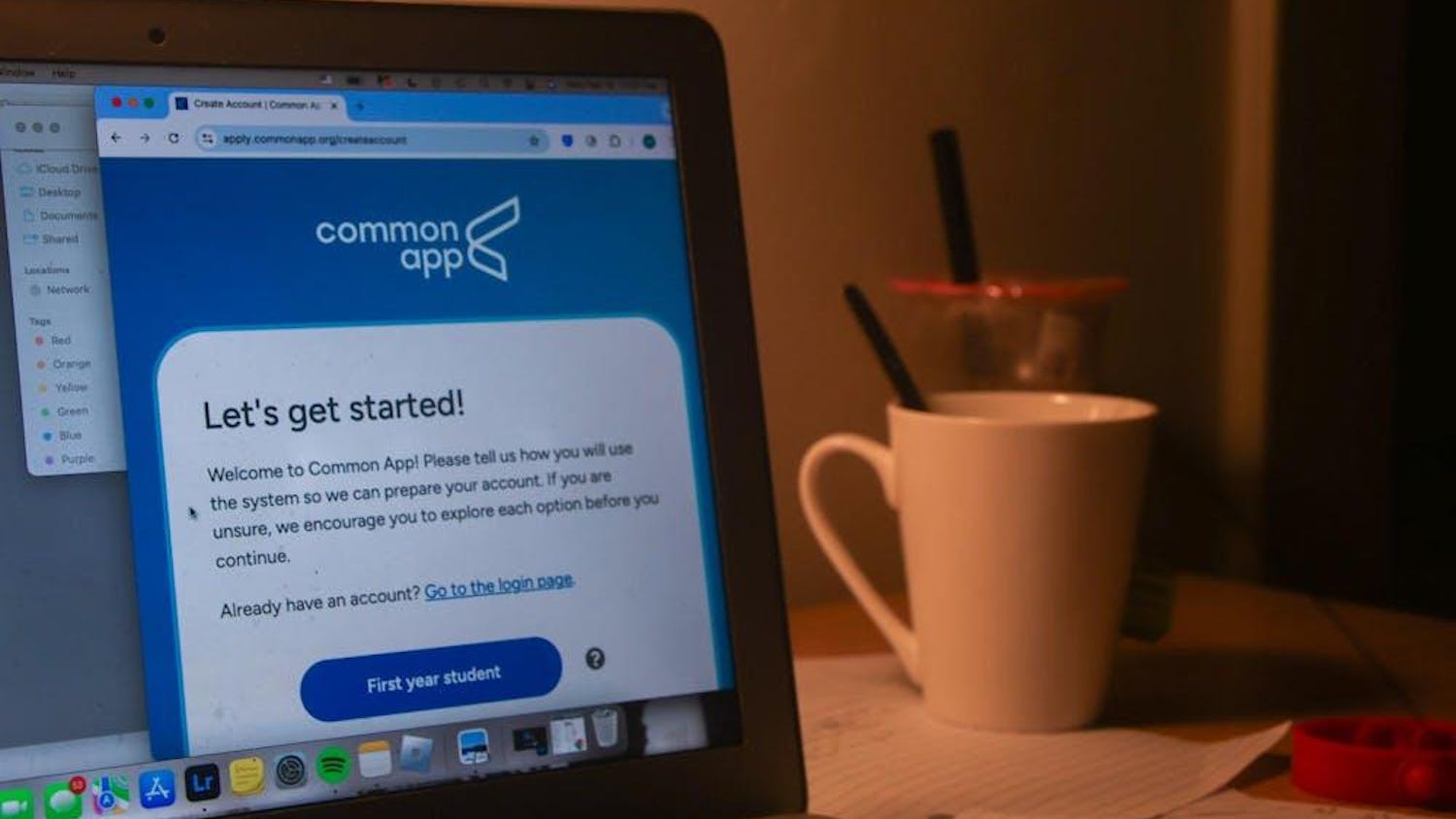The admission yield rate for the class of 2024 reached a record high 66 percent, a 5 percent increase from the previous year, according to Dean of Admission Logan Powell.
Yield rate is a yearly measure indicating the percentage of admitted students who choose to accept an offer of enrollment at a college or university.
Powell attributes the steep increase to two main factors: the University’s continued commitment to meeting demonstrated financial need for all admitted students through the Brown Promise, and the quality of the Admission Office’s accessible “yield programming” to attract admitted students amid the COVID-19 pandemic.
Through unprecedented circumstances, the Office of Admission had to make many quick adjustments to its regular decision admissions and its typical yield programs for admitted students, such as A Day on College Hill.
Through a student and alumni engagement platform called Wisr, accepted students were given the chance to connect with current students and faculty who shared similar interests. In place of ADOCH, this platform allows admitted students to learn more about student life and academics. Admitted students were also able to attend virtual live tours.
Powell said the virtual programming was successful, despite having to make the switch on such short notice. “I think admitted students were really able to feel like they got to know the place as well as they possibly could, and were able to connect with the community,” he said.
The Office of Financial Aid also worked to offer any necessary financial support to families who had experienced unexpected financial hardships due to the pandemic, Powell added.
Sara Harberson, a private college counselor and the former dean of admission at Franklin and Marshall College, said she credited Powell’s leadership for this year’s yield rate.
“For years, the typical dean of admissions at most elite institutions was a white male who had been in his position for decades,” Harberson wrote in an email to The Herald. “Different leadership brings in a host of new ideas, approaches and priorities. It is my hope that as the leadership becomes more representative of the applicant pool at all colleges, the admissions process will change for the better.”
The yield rate for every class is calculated annually on May 1, the day that admitted students must reply to offers of admission. But while the Office of Admission met their enrollment targets by that date, Powell and his colleagues accepted a greater number of students from the waitlist than in previous years.
The University had anticipated a greater number of leaves of absence from current students than in a normal given year, Powell said. To account for this shift in class sizes, the Office of Admission temporarily increased its target class size for the class of 2024 from 1,665 students to 1,765 students for this year only.
This waitlist activity coincided with discussions about the potential for a trimester plan during the 2020-21 academic calendar. Under the tri-semester model, the University will enroll first years in the spring and summer semesters, allowing international students more time to resolve any struggles in obtaining a visa for study in the United States. As such, the Office of Admission began enrolling a higher number of international students off the waitlist, who had struggled with visa issues in months prior.
The Office of Admission also doubled the number of approved gap years from 40 last year to 80 this year, Powell said.
But Powell noted that many admitted students who had applied for a gap year rescinded their requests after having conversations with the Office of Admission about what their best options were for the coming year. “It became clear that enrolling at Brown in January was actually their best set of choices by far for safety, for productivity and for the support they would receive,” Powell said.
Vinny Amato ’24, an incoming first-year planning to enroll in the spring, agreed with Powell that the tri-semester model adequately addressed the needs of his class.
“I think Brown definitely prioritized first-years with their plan in the long run,” Amato wrote in an email to the Herald. “By having us start in January, not only did they avoid the uncertainty of possibly having to leave campus mid-semester due to an outbreak, they also offered us the best chance at having a more ‘normal' first semester of college, assuming the public health situation improves by then.”
Noble Brigham ’24, on the other hand, expressed disappointment and frustration in the University’s tri-semester model.
“Beyond the distant possibility that we might have an on-campus experience if a vaccine is developed in time or the virus subsides … (the tri-semester plan) has managed to leave us in limbo for the fall and destroy 2021 by cramming together four consecutive semesters without a meaningful break in between and preventing us from doing any work or internships until after our sophomore year,” Brigham wrote in an email to The Herald.
Addressing long-term impacts of the pandemic on future admission seasons, Harberson predicts that colleges and universities will see a smaller early decision pool this year due to the fact that students may not be comfortable committing to a school without having the chance to visit in person.
Harberson also believes that online learning raises questions about the value of education at an elite institution like Brown. “I think the pandemic has really caused families and students to look within and say: ‘Is that education as good, especially if it's virtual, as what I can get at my in-state institution?’” Harberson said.

ADVERTISEMENT




